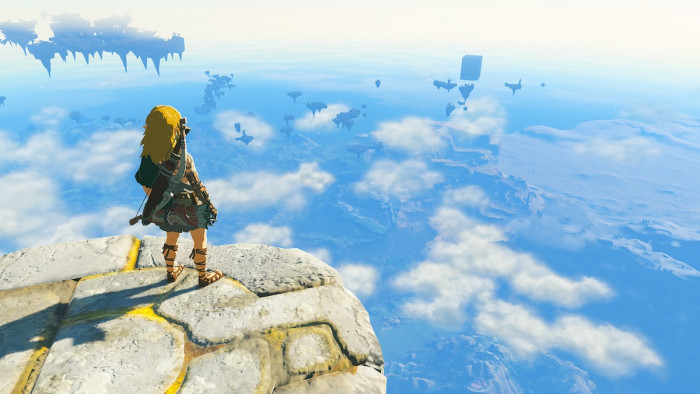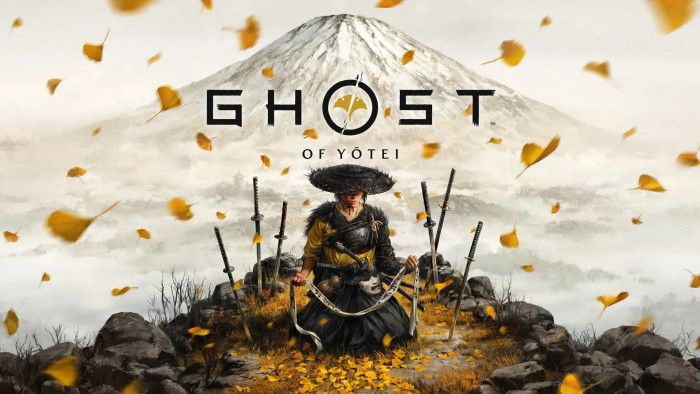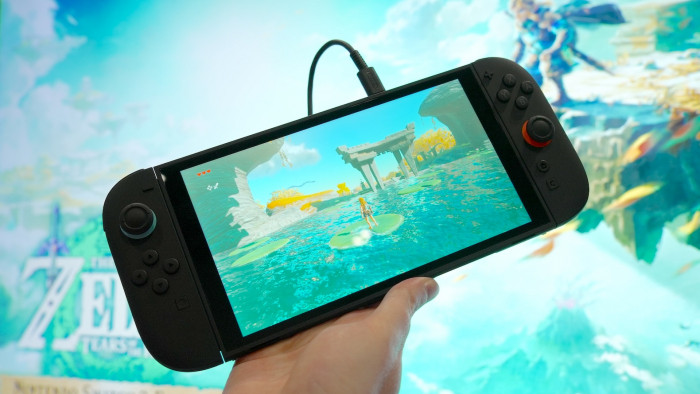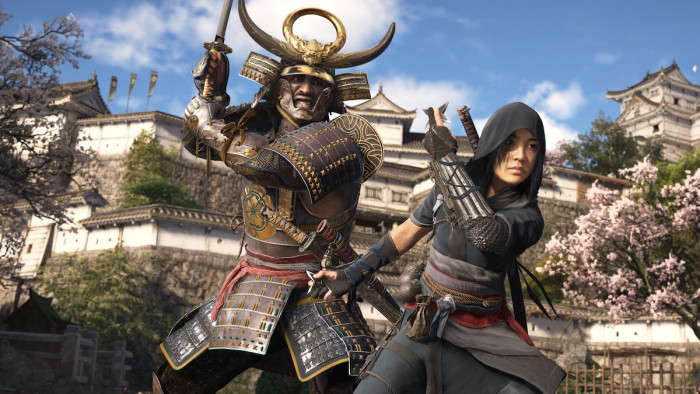Happy 20th birthday, 'Pokémon' episode that put 618 Japanese schoolkids in hospital
#Justice4Porygon


Poor Porygon. Genderless, pinky-blue and made entirely of code, it’s lucky this particular Pokémon doesn’t need to eat, as exactly 20 years ago it received the anime equivalent of a P45, never to be seen again.
In 1997, Japan was going absolutely potty for Pokémon. Yet to debut in the UK or America, Japanese kids had already spent the best part of two years thumbing Red and Green on their Game Boys. (For its Western release Green was rebranded Blue, because who on Earth knows why.)
Come 16 December at 6:30pm local time, more than half of Japan’s schoolchildren were tuning in for Pokémon’s 38th TV episode, ‘Dennō Senshi Porigon’ (‘Electric Soldier Porygon’ to our English-speaking friends). So excited were some viewers that, around 21 mintues in, they started foaming at the mouth. Literally.
Within an hour, hospitals across Japan admitted 618 people (mostly kids) complaining of all manner of ills. These included headaches, nausea, shortness of breath, convulsions, vomiting and, in many cases, seizures. According to a CNN report from the time, 200 were yet to be discharged a day later.

Porygon in the only Pokémon episode it ever appeared in, before being banned for something it didn’t even do
What caused this weapons-grade sickness? Red and blue light, as it turned out, flashing on screen, super-fast – a strobe effect known as ‘paka paka’. It’s also worth mentioning that, when Japanese news stations informed viewers of the mass-hospitalisations, some actually replayed the offending clip. Funnily enough, more cases followed.
Dubbed ‘Pokémon Shock’, the fallout saw police question the show’s somewhat perplexed animators, with the cartoon hauled off the air for four months, during which time Pokémon and Nintendo stocks took a hit. The show eventually returned, with reworked opening titles and an on-screen disclaimer, warning kids not to sit too close to the TV.
Ahead of to the first broadcast after the hiatus, a kindly lady in pink offered a heartfelt ‘Soz!’ to viewers, in the form of a ‘Problem Inspection Report’. It was hoped this would be enough to calm any lingering jitters, and also give context to what on earth had gone down.
‘Electric Soldier Porygon’ was never rebroadcast in Japan, and was notable in its absence from the series that was shown around the world. (You can watch it on YouTube, though it goes without saying that discretion is advised. Epileptics beware.)
Yet while The Pokémon Company, red-faced, swept the whole affair under the rug – two decades on, it did not respond to requests for comment on this story – the episode’s cult status was assured. It was soon ribbed on The Simpsons and South Park thereafter.
Yet debate rumbles on. A 2001 article in Southern Medical Journal placed the blame for Pokémon Shock less on photosensitive epilepsy, more mass hysteria – brought on by the fearmongering and stress that ensued after the original episode aired.
“It’s not that they’re faking it, it’s not that they’re imagining it,” Benjamin Radford told Motherboard earlier this year. “The symptoms are real, it’s just that they’re being caused by being exposed to other people exhibiting those symptoms.” This might go some way to explaining why kids in Japan continued to be plagued with dizziness and headaches, days after ‘Electric Soldier Porygon’ was pulled from schedules.
But if you think that’s the strangest part of this peculiar tale, think again. It has since been revealed that, having seemingly been inspired by Pokémon, the US Army hatched an ill-fated plan to develop a weapon that could blast the enemy with electromagnetic pulses, triggering seizures in “essentially 100% of individuals.”
And yet, the saddest part of all this is, of course, poor Porygon. Most likely as Pokémon’s creators didn’t want to risk bringing fresh eyes to the seizure-fest fiasco, the polyhedron-shaped scamp never returned to TV screens. For British or American audiences – where the fateful episode has never aired – alas, poor Porygon, we never knew him.
This heartache is all the more galling when you consider that the paka paka strobe effect that caused it all is actually brought about by, wait for it, Pikachu. Yes, the same smug, yellow prick that is the universal face of Pokémon (featuring in, what, every episode?), is who launched a fateful thunderbolt attack on screen – at once sending Japanese parents dialling for an ambulance, and inking Porygon’s death warrant. Bastard.
In 2017, as in 1997, it seems there is no justice in the world. At the time of writing, typing ‘Pikachu’ into Google brings back some 23,700,000 results. As for Porygon: 1,320,000.
#Justice4Porygon
(Images: The Pokémon Company)
Latest
Related Reviews and Shortlists









